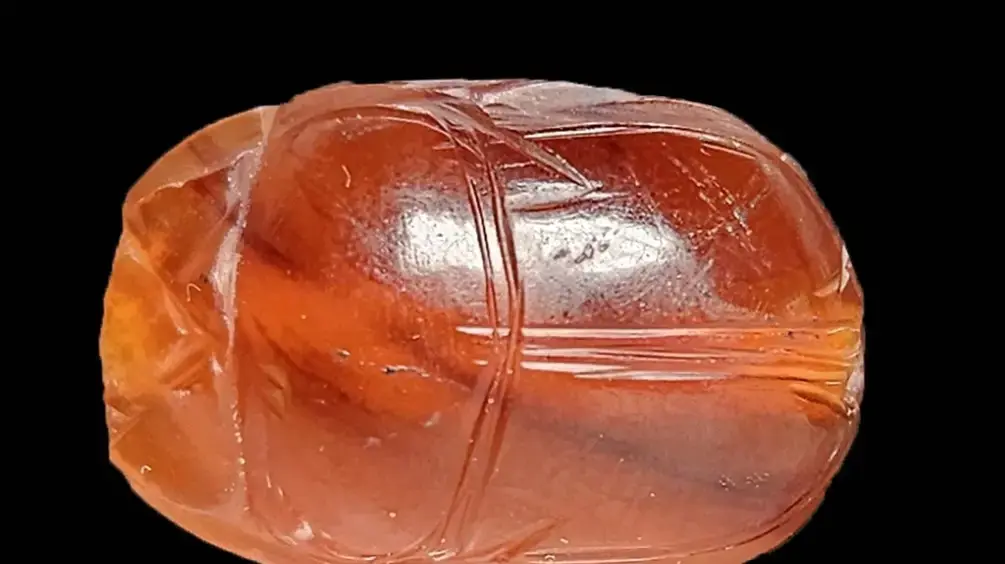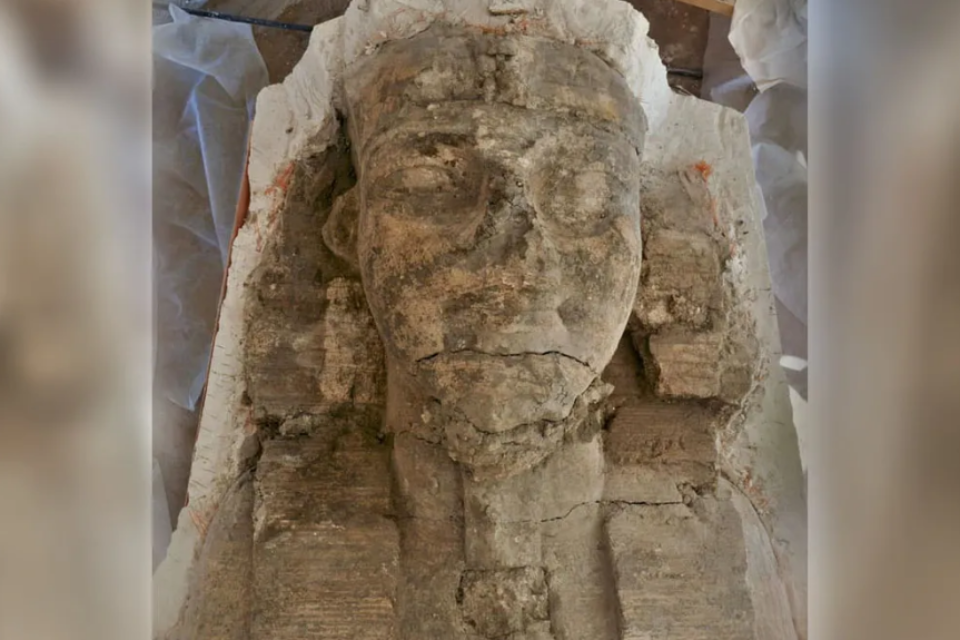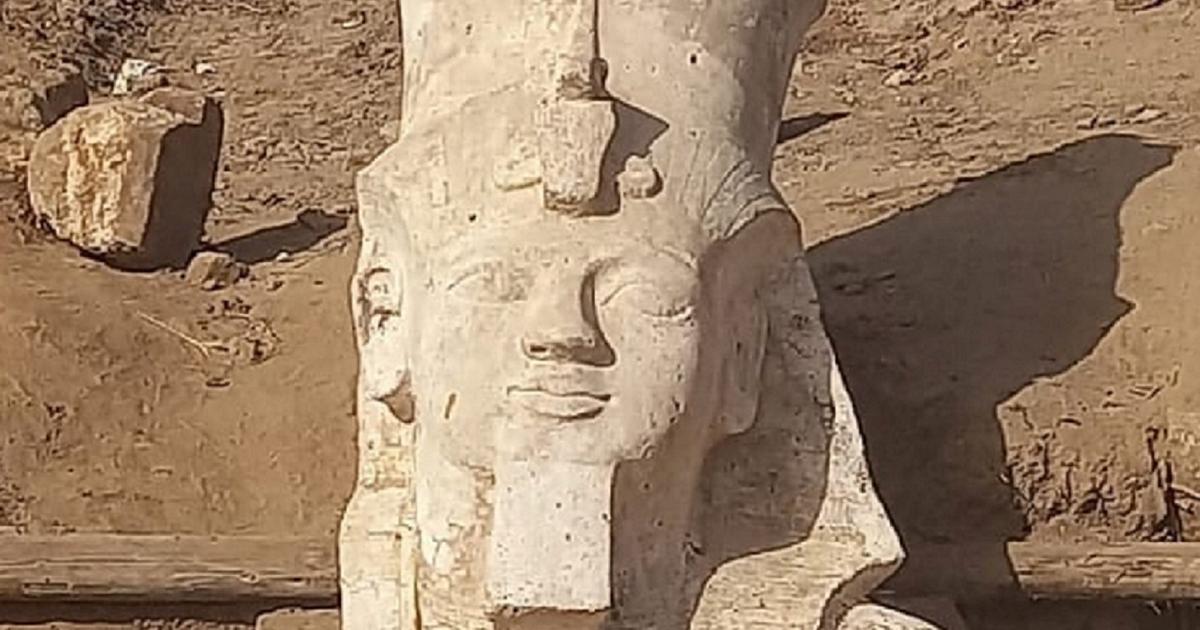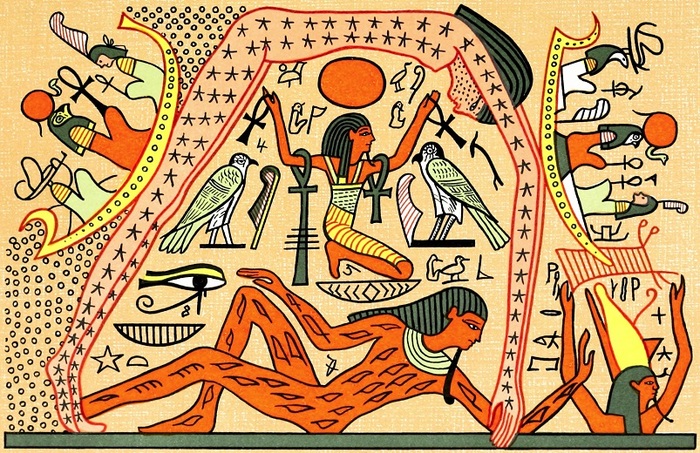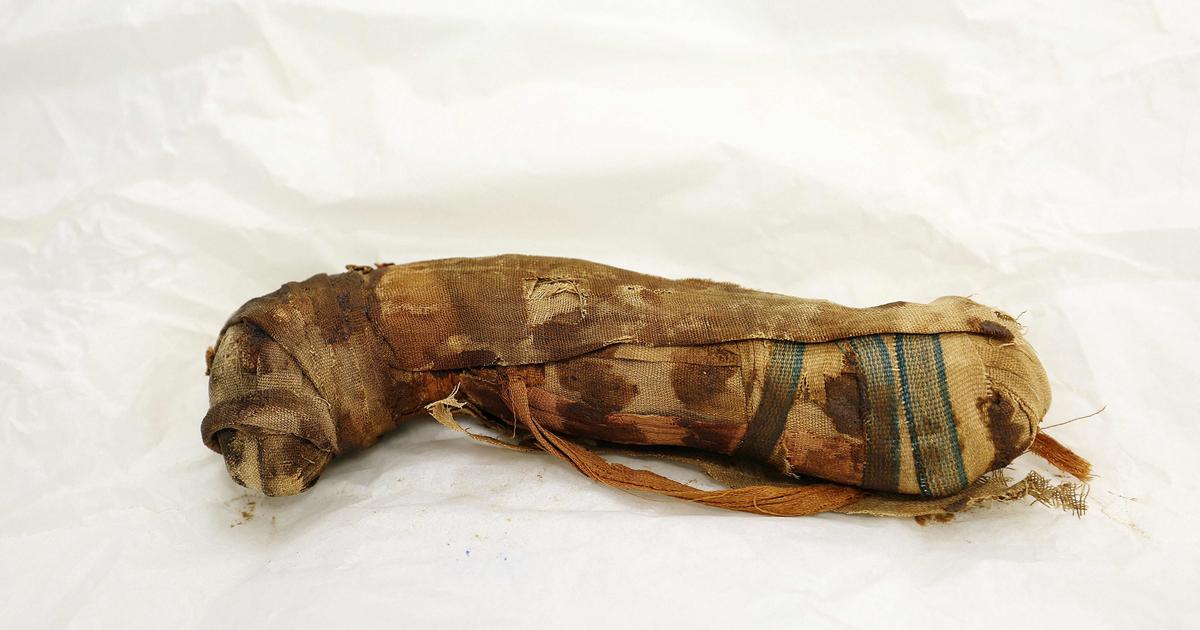08/25/2021 2:55 PM
Clarín.com
International
Updated 08/25/2021 2:55 PM
An
amulet
of
Hathor
- the Egyptian goddess of joy, motherhood and love - some
3,000 years old
was found in a site on the Cerro de San Vicente de Salamanca, in Castilla y León, Spain.
The find was made by a team of archaeologists from the
University of Salamanca
and the City Council of this city and is the result of a series of archaeological works that began in the 1990s, reports
RT
.
An invaluable discovery
Experts claim that the pieces were manufactured around
1,000 BC (BC)
in Ancient Egypt or in Phoenician factories of the time.
The material used for its elaboration is a
quartz ceramic
called
faience
that the Egyptians used to use for their handicrafts and that stands out for the traditional blue color similar to that of the beads found.
Excavations in the Cerro de San Vicente de Salamanca.
Photo: Web
These beads reflect the "commercial exchange that took place in the first years of the
Iron Age
-between 900 and 400 BC- in the Iberian Peninsula" and, specifically, "in what was Salamanca and that later it was the Vía de la Plata ", explained archaeologist Carlos Macarro.
In addition, they demonstrate the importance of that town, which would eventually become Salamanca, in the
trade routes for metals such as iron or tin.
Through this commercial axis, "all kinds of objects from old Egypt, pieces imported and manufactured in the western Mediterranean, reached the peninsula," said the researcher.
Experts consider that these elements came through
Phoenician merchants
who sought
"to exchange products with the indigenous people of this area,"
a very important commercial enclave in the Iberian Peninsula at that time, the site details.
In general, this type of amulets or figures are found in the necropolis, although on this occasion the discovery took place in what was
the house of a great lord of the time
, who is supposed to have been an important metal merchant.
Hathor is the Egyptian goddess of joy, motherhood, and love.
Photo: U. of Cincinnati
"That they have appeared in this house can show that the owner had to have a prominent economic and social position, because he was the only one who could have traded in those pieces," said Macarro.
Look also
The “Spanish Stonehenge” hidden under a reservoir re-emerged to the surface
Spells, deaths and mystery: the eternal curse of Tutankhamun
While walking through a field in southern Spain, he came across a 2,700-year-old sculpture


